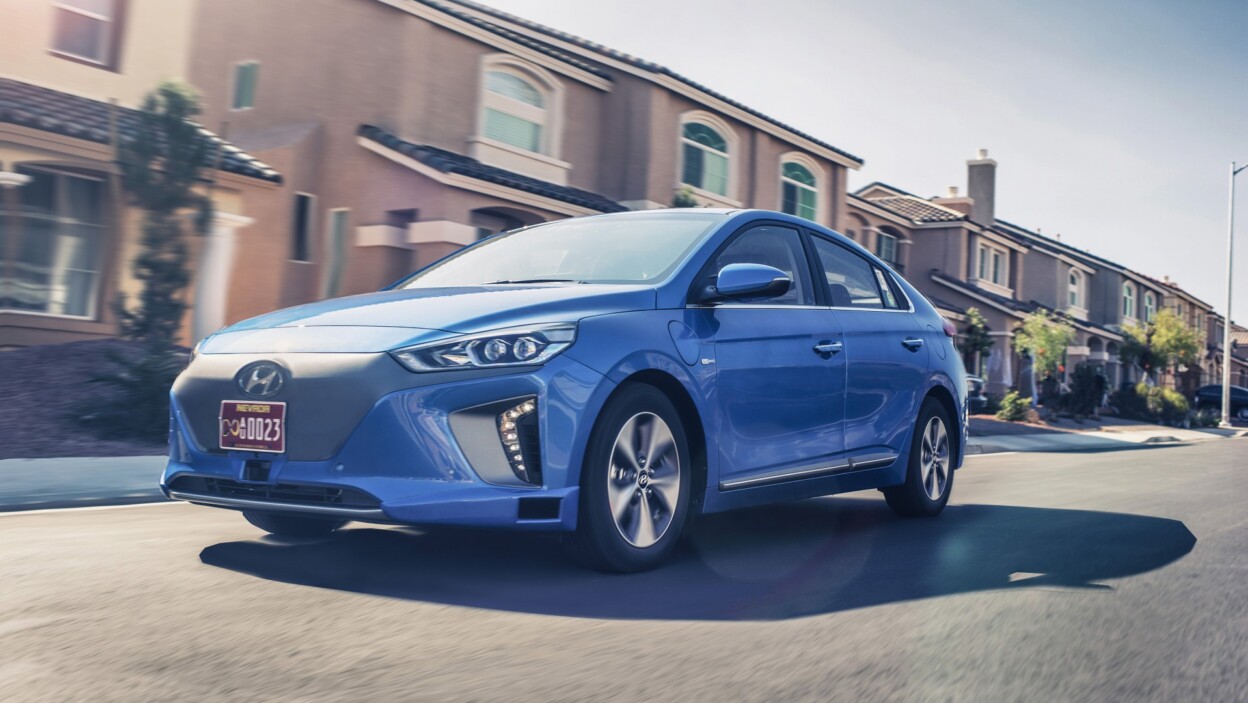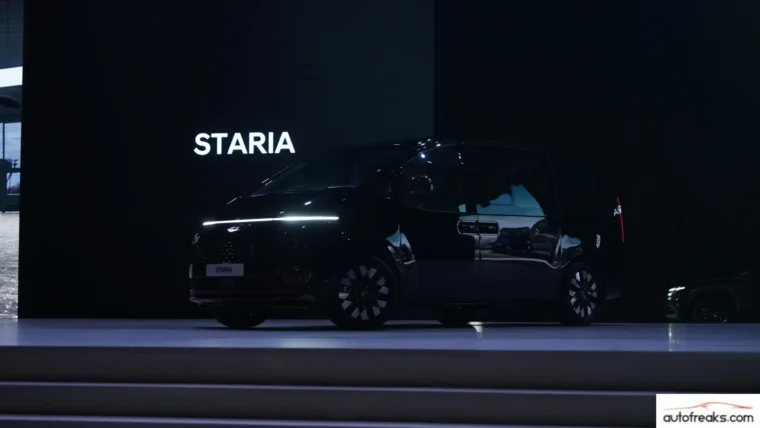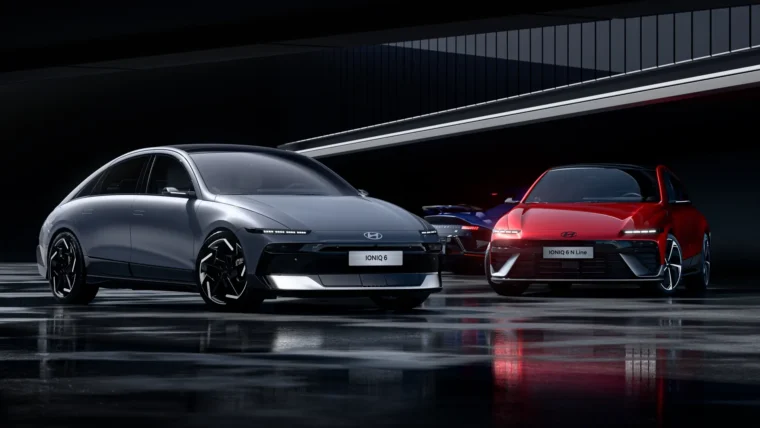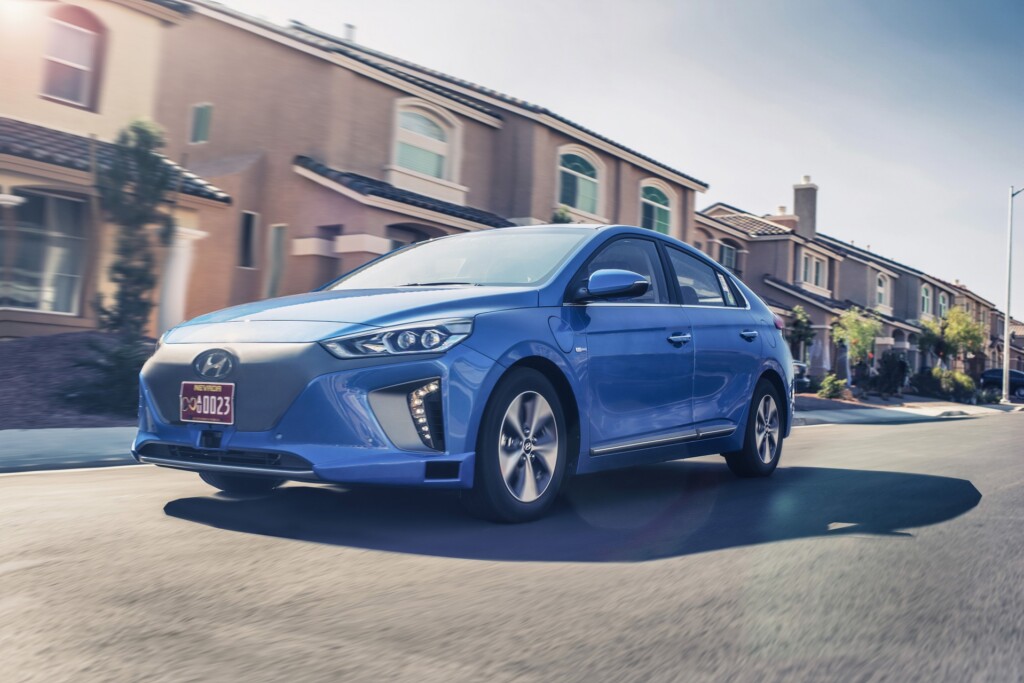
At the Los Angeles Auto Show, Hyundai has showcase an autonomous version of its Ioniq in concept form.
The goal of the autonomous Ioniq concept was to keep the self-driving systems as simple as possible. This was accomplished by using the production car’s Smart Cruise Control’s forward-facing radar and Lane Keeping Assist cameras, which are integrated with LiDAR technology. Hyundai is also developing its own autonomous vehicle operating system, with the goal of using a lot less computing power. This will result in a low-cost platform, which can be installed in future Hyundai models the average consumer can afford.
The car’s hidden LiDAR system also allows the autonomous Ioniq to detect the absolute position of surrounding vehicles and objects. In addition, the autonomous Ioniq features:
- Forward Facing Radar which detects the relative location and speed of objects in the vehicle’s forward path to aid in route planning
- A three camera array which detects pedestrian proximity, lane markings and traffic signals
- A GPS antenna to determine the precise location of each vehicle
- High definition mapping data from Hyundai MnSoft which delivers location accuracy, road grade/curvature, lane width and indication data
- A Blind Spot Detection radar to ensure even simple lane changes are executed safely
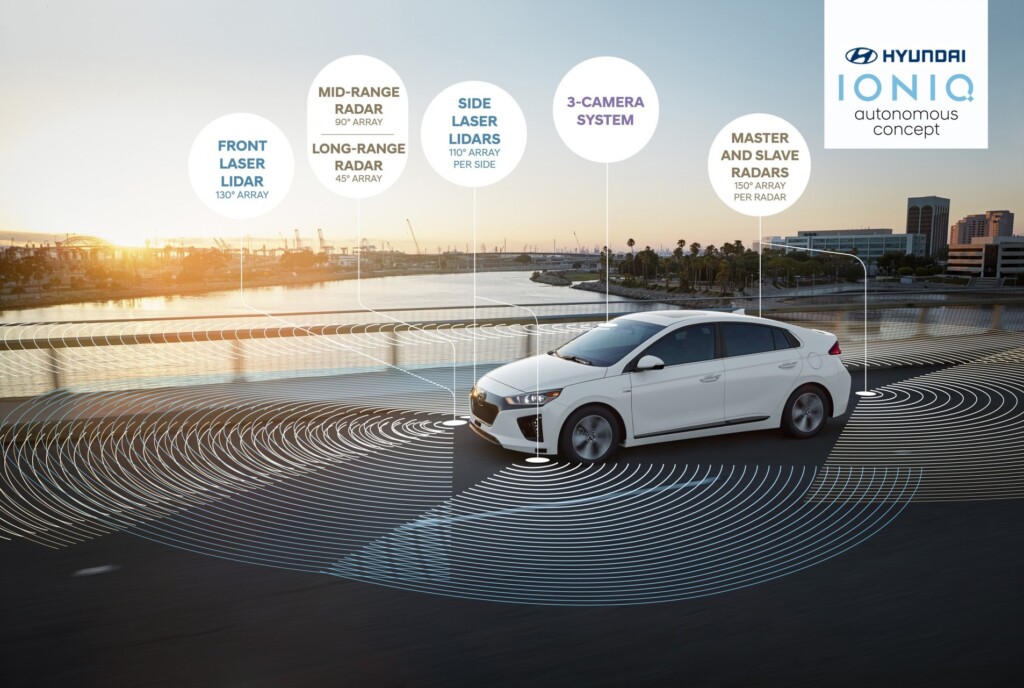
The concept still feature the Automatic Emergency Braking with Pedestrian Detection, Smart Cruise Control, Lane Departure Warning and Rear Cross-Traffic Assist systems of the existing Ioniq models. The vehicle also incorporates all autonomous controls into existing systems to ensure that drivers can have a seamless transition between active and self-driving modes.
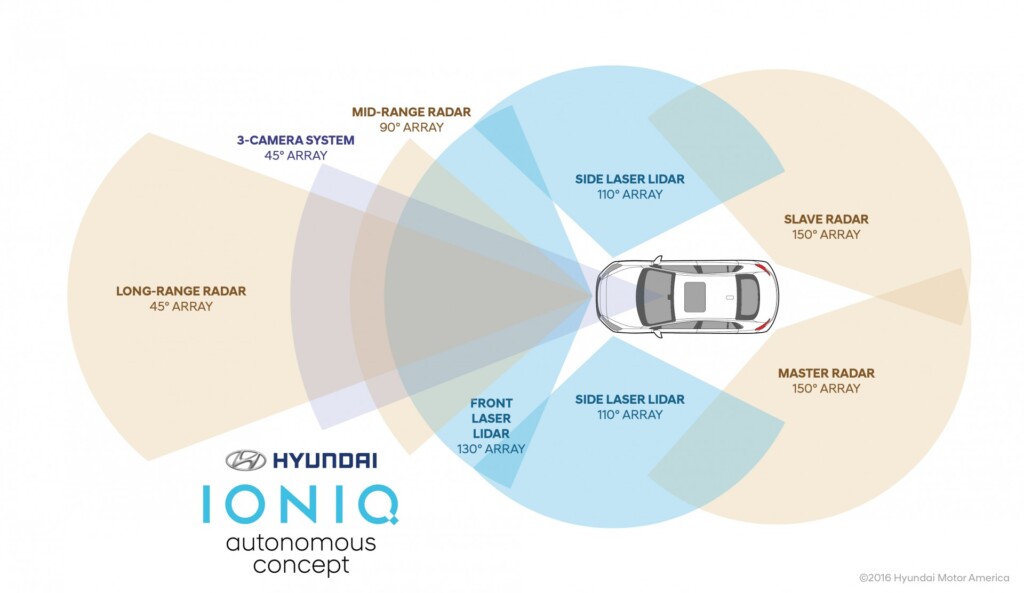
Earlier this year, Hyundai earned a license to test its autonomous cars in urban environments. The company is currently testing three autonomous Ioniqs and two autonomous Tucson Fuel Cell vehicles at Hyundai Motor Research and Development Center in Namyang, South Korea.
To showcase its autonomous vehicles in action, Hyundai will debut two autonomous Ioniqs at the Consumer Electronics Show (CES) in January 2017.
Other posts by AF Newsdesk

